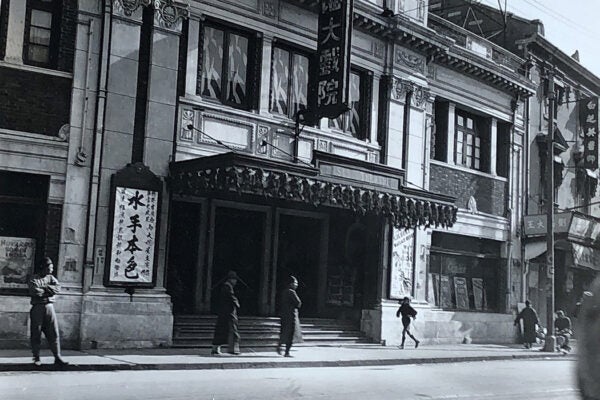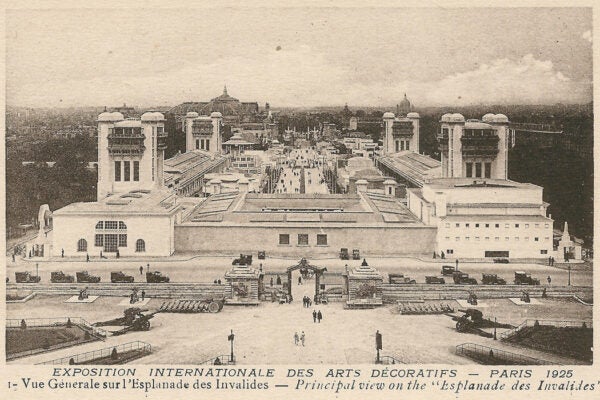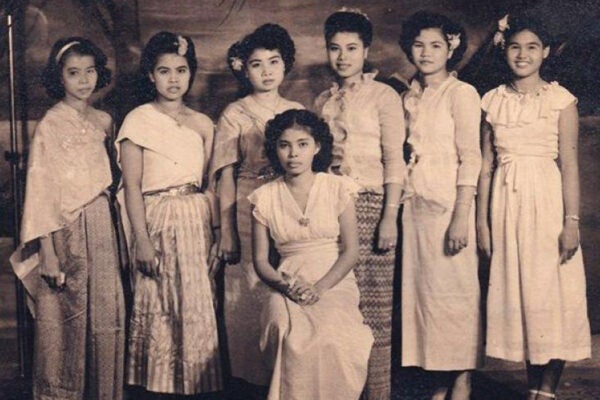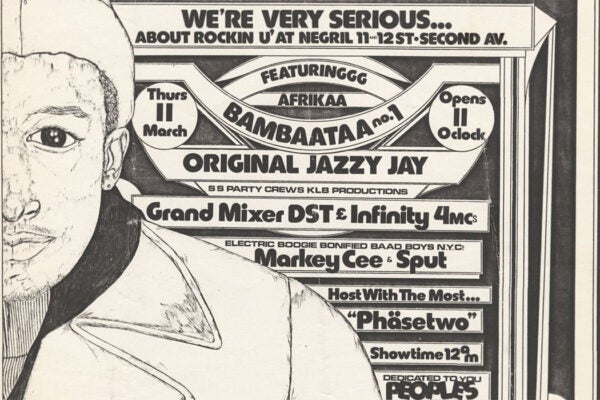In January 2014, museums across the world began encouraging #museumselfie day. This trend has had its share of celebrations (think of popular LACMA selfies at iconic installations like Chris Burden’s Urban Light and Michael Heizer’s Levitated Mass) along with its toils and troubles, ranging from Boston Museum of Fine Art’s recent “Dress up in a Kimono” disaster to David Zwirner Gallery’s hiring of docents to detract visitors from taking selfies, to sexually explicit and insensitive selfies at Kara Walker’s “A Subtlety” last summer.
No matter where you stand on the art-and-selfie-fence, technology is changing rapidly, even in more traditional museum settings.
In Scott Sayre and Kris Wetterlund’s 2008 article “The Social Life of Technology for Museum Visitors” for Visual Arts Research, they explore the ways in which museum goers interact with technology. Specifically, they look at groups of learners and digital technologies within museum settings. This focus on group interaction is particularly interesting considering the recent #museumselfie movement.
In their article, Sayre and Wetterlund quote Csikszentmihalyi and Hermanson (1995), saying “[p]erhaps one of the major underdeveloped functions of museums is to provide opportunities for individually meaningful experiences that also connect with the experiences of others.” Though certainly none of the authors had selfies in mind when writing this, the sentiment almost foreshadows the advent of the artworld selfie and social media sharing within the museum context.
In order to both remember the museum visit and enhance the experience, visitors often take photos – and more and more so, these photos are selfies with pieces of work in the background. Deborah Vankin of the Los Angeles Times recently described how museums are even creating “selfie-friendly” spaces and environments with pre-planned and pre-framed selfie backdrops in order to draw younger crowds and trend online. After the selfies are taken, users are likely to share them online via one or multiple modes of social media, hence connecting personally meaningful experiences to others – so that the meaningful museum interaction is shared virtually.
Sayre and Wetterlund emphasize the transformative power of museum technology, emphasizing that “truly effective and fruitful technology integration transforms teaching and learning in ways that weren’t possible before.” They continue in predicting and prescribing the technological needs of future museums:
Extend this possibility to the future, where these same devices serve to interface with and influence larger social interactives through contributed content and data, and provide continuity between museum content and the social life of visitors outside of the museum, and then museums may be well on their way to forging a truly personal connection with every visitor.
The #museumselfie move seems to fit their prescription to a T. In thinking outside of the box and embracing the inevitable selfie, museums are converting that which could be seen as vapid and empty into a transformative media that is expanding museum viewership, advertising shows organically through visitors’ social networks, and reaching much larger audiences through trending hashtags and word of mouth.







